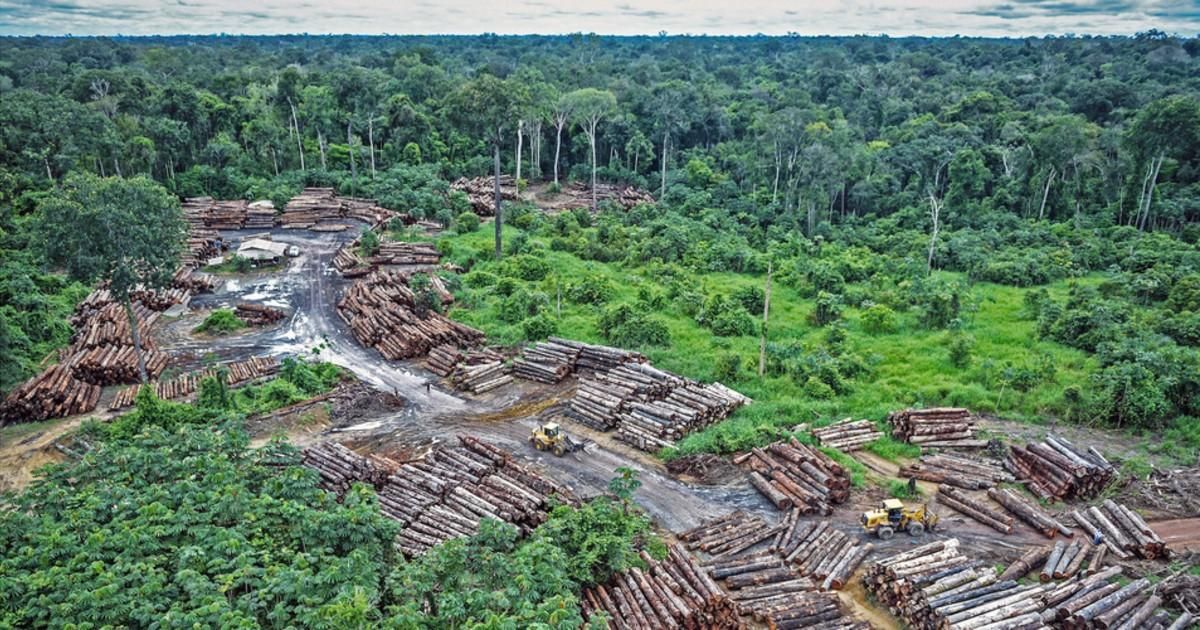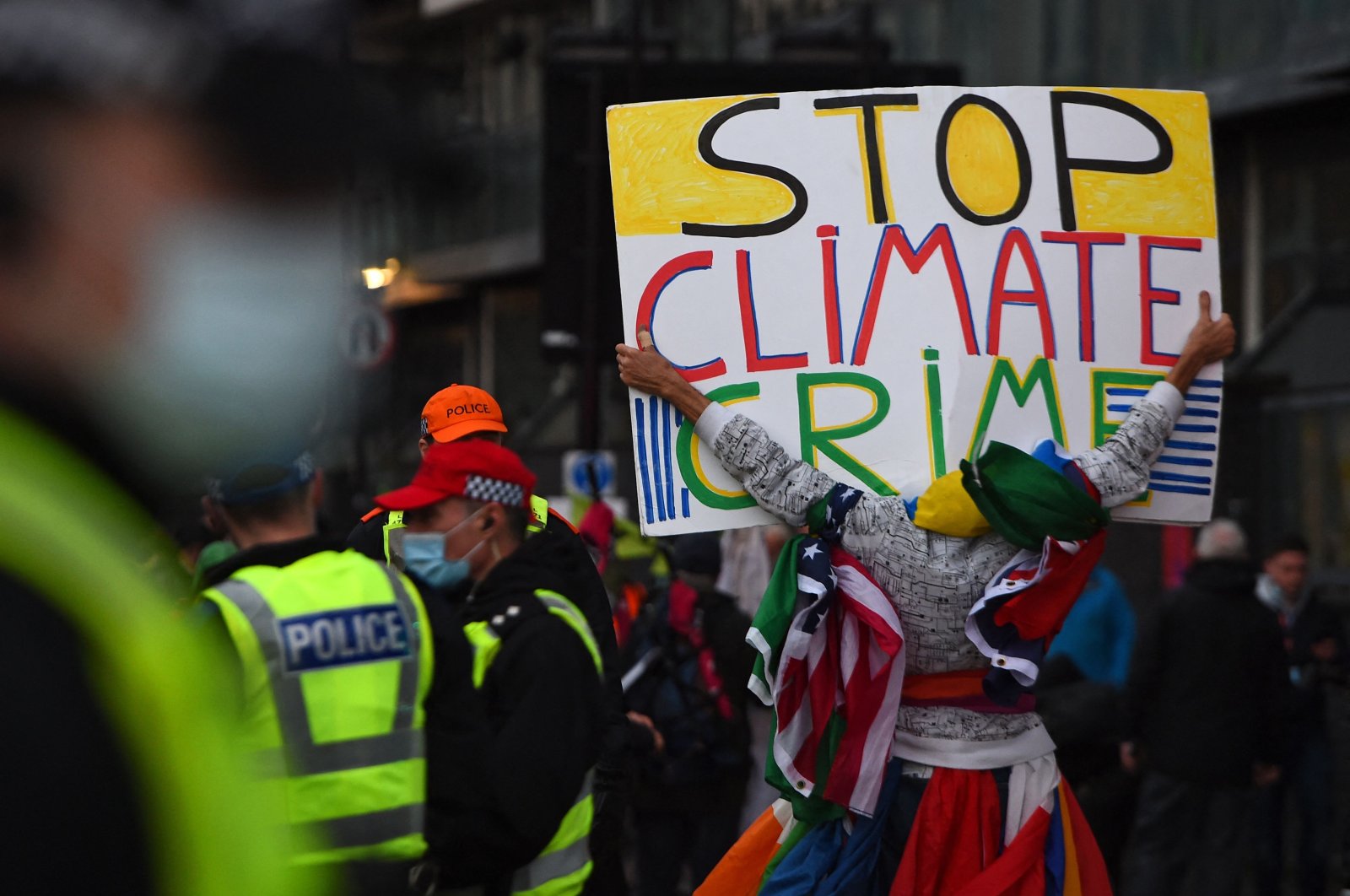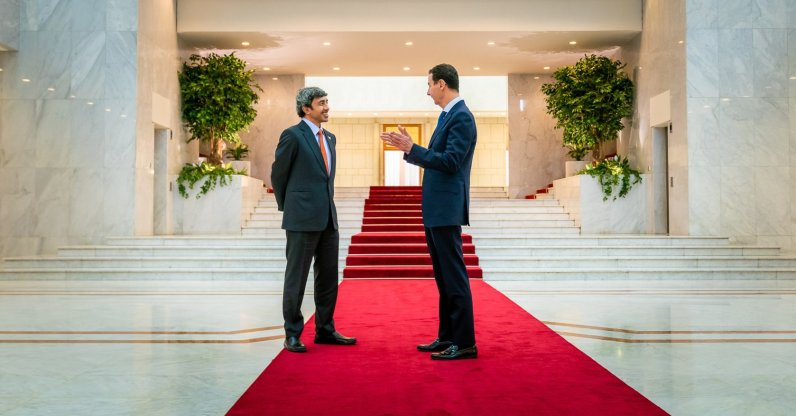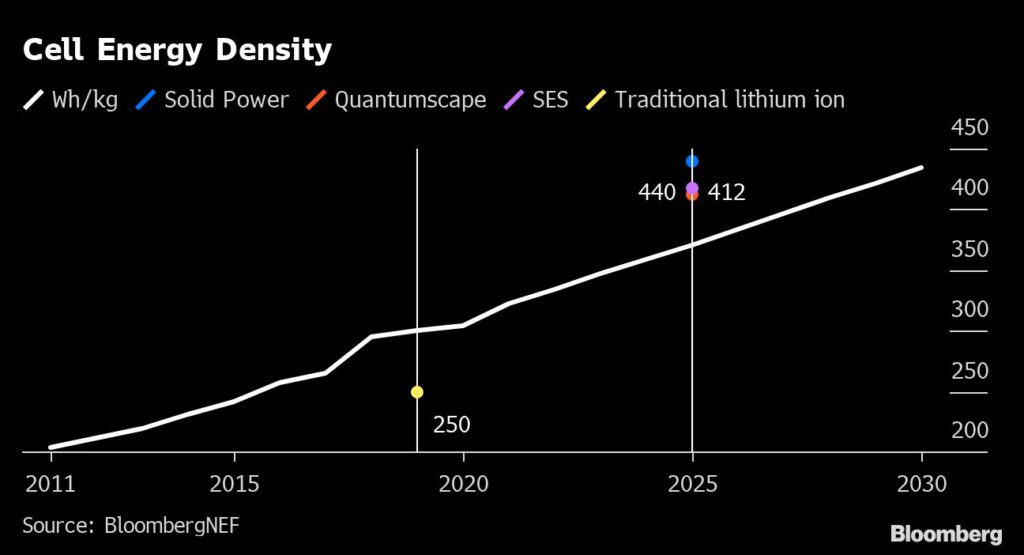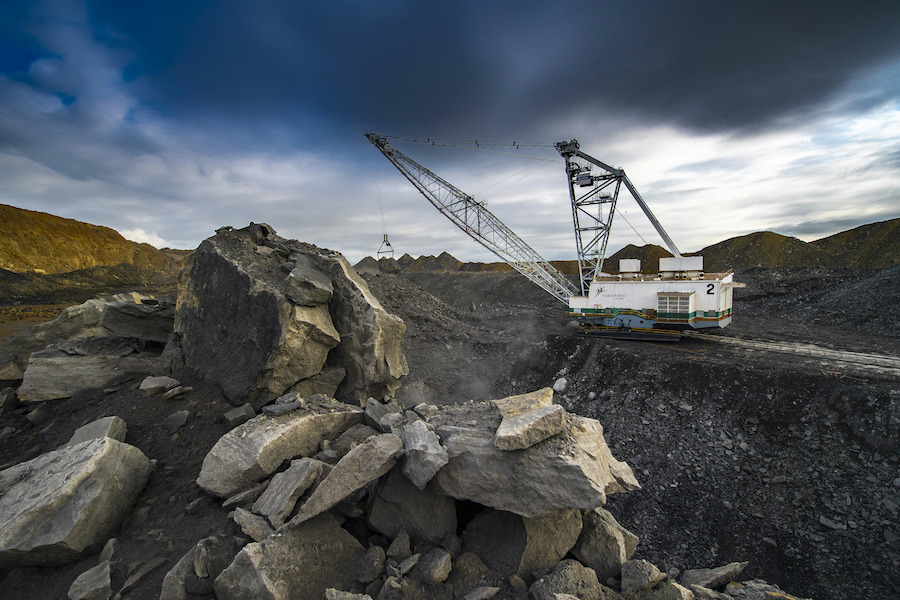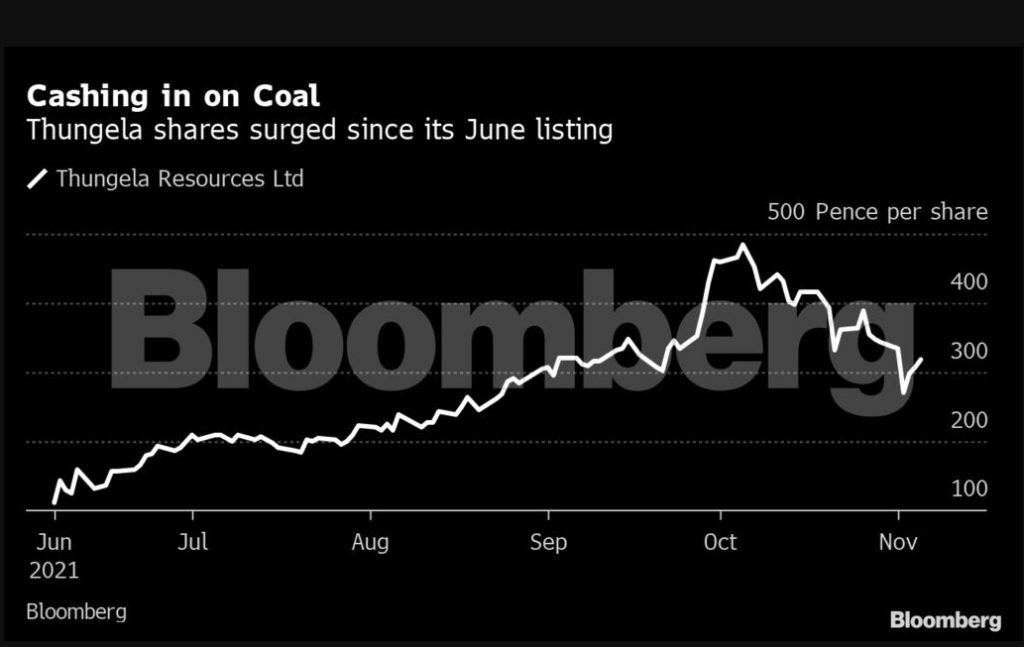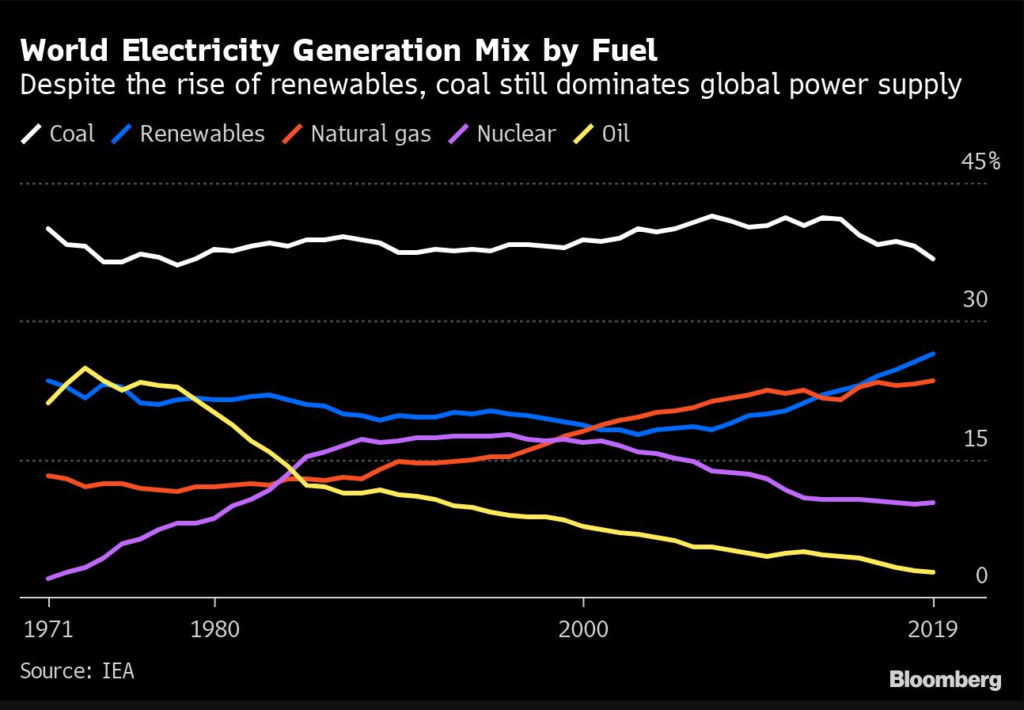"Settler violence is a form of government policy, permitted and aided by official state authorities with their active participation," according to a report from the Israeli group B'Tselem.
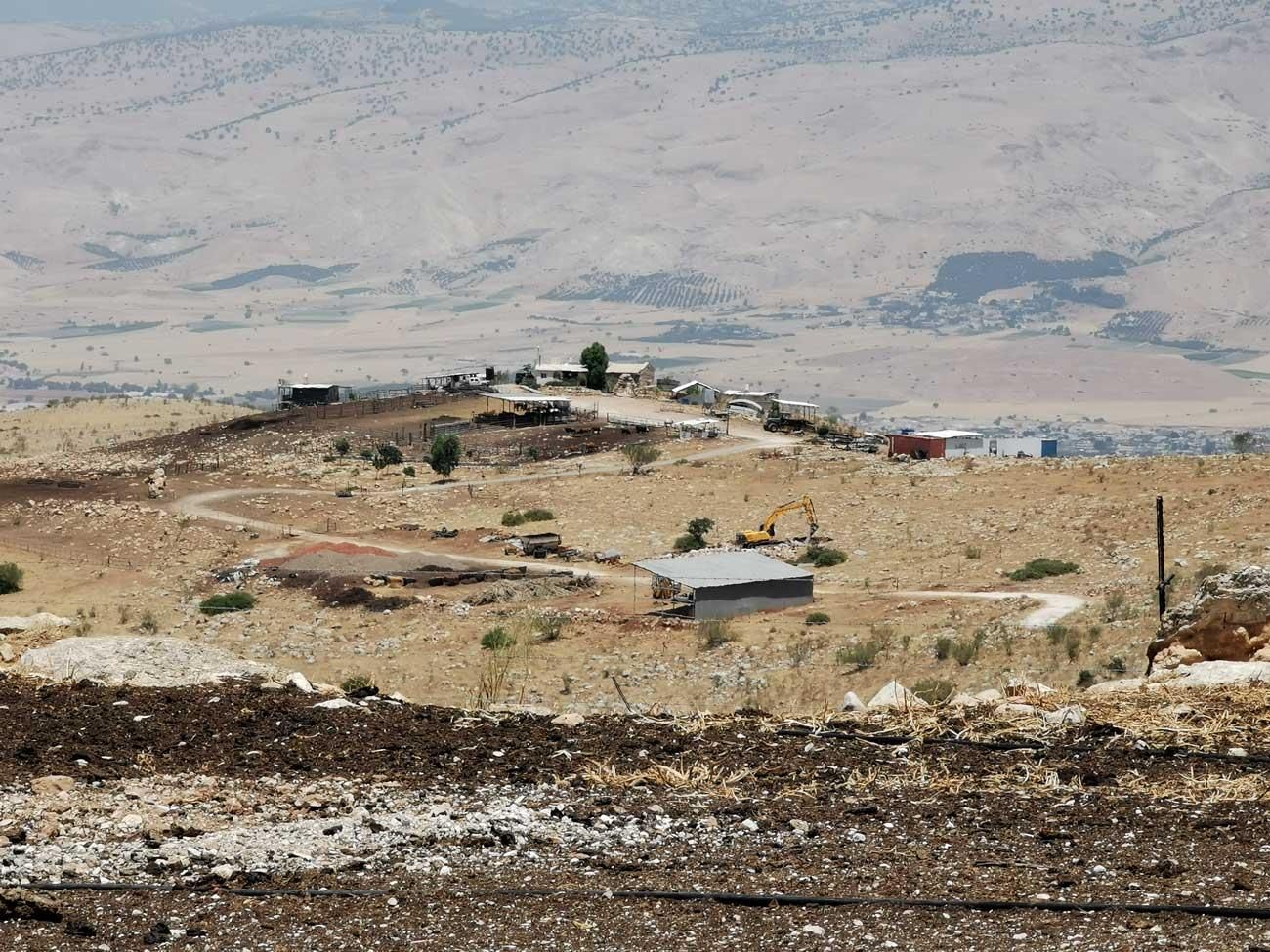
The Um Zuqa farm is one of six "farms" set up by settlers in the northern Jordan Valley in the past five years. It was built in 2016 on a site that housed the Palestinian village of Khirbet al-Mzoqah, which Israel demolished after occupying the West Bank. (Photo: Eyal Hareuveni, B'Tselem)
JESSICA CORBETT
The Jerusalem-based rights group B'Tselem released a report Sunday that accuses Israel's "apartheid regime" of using settler-colonist violence to take control of Palestinian farmland and pastureland, focusing on nearly 11 square miles in the illegally occupied West Bank.
"The settlers are not defying the state; they are doing its bidding."
"Settler violence against Palestinians serves as a major informal tool at the hands of the state to take over more and more West Bank land," says the report. "The state fully supports and assists these acts of violence, and its agents sometimes participate in them directly."
B'Tselem released its report—entitled State Business: Israel's misappropriation of land in the West Bank through settler violence—amid a recent rise in anti-Palestinian attacks enabled by what Haaretz called a "hands-off" approach of the Israel Defense Forces (IDF).
During the first half of 2021, there were at least 416 anti-Palestinian incidents in the West Bank, more than double the figure for the same period the previous year, and more than all of the 363 known incidents from 2019, the Israeli newspaper reported last month.
The new B'Tselem report says that "state violence—official and otherwise—is part and parcel of Israel's apartheid regime, which aims to create a Jewish-only space between the Jordan River and the Mediterranean Sea."
Israel, which has illegally occupied the West Bank since 1967, "treats land as a resource designed to serve the Jewish public, and accordingly uses it almost exclusively to develop and expand existing Jewish residential communities and to build new ones," the report continues. "At the same time, the regime fragments Palestinian space, dispossesses Palestinians of their land, and relegates them to living in small, over-populated enclaves."
State Business specifically details how Israel "has misappropriated land from Palestinian shepherding and farming communities in the West Bank through systemic, ongoing violence perpetrated by settlers living near them, with the full support of state authorities." B'Tselem collected testimonies from several Palestinians and, in its report, presents five case studies.
In August 2019, settlers from the Zvi Bar Yosef farm "attacked me and ran after me, throwing stones," he said. In October 2020, "again they threw stones at me, chased me with sticks, and threatened me with firearms."
Nisrin Harini, a 37-year-old mother of seven, told the group how the establishment of the Havat Ma'on outpost "changed our lives completely," describing a "life full of fear and daily anxiety" that she called "hell."
"Over the last year, the settler attacks have intensified. A year ago, settlers attacked our sheep and ran over my brother-in-law's son, Hussein al-Harini, with an ATV. They broke his leg," Harini said. "Settlers watch our every move. It's become a routine. They attack the sheep and the shepherds, and call the military. Then the soldiers come and chase after the shepherds, and sometimes even arrest them."
"The military does not confront violent settlers. It does not prevent the attacks, and in some cases, soldiers even participate in them."
B'Tselem spokesperson Dror Sadot told The Times of Israel that the group did not contact Israeli security forces about its findings because "we understood they do nothing about our accusations." The newspaper noted that the IDF did not respond to a request for comment about the report.
In the report, B'Tselem takes direct aim at both the Israeli government and IDF, saying that settler attacks on Palestinians "are not perpetrated by 'bands of outlaws' or 'bad seeds,' nor are they simply 'violent outbursts' or 'unusual incidents."
Instead, such attacks "are a strategy employed by the Israeli apartheid regime, which seeks to advance and complete its misappropriation of more and more Palestinian land," State Business says. "As such, settler violence is a form of government policy, permitted and aided by official state authorities with their active participation."
The Israeli state, the report explains, not only "allows settlers to live, farm, and graze livestock on land from which Palestinians have been violently ejected, and to that end pays for security, paves roads, provides infrastructure, and supports financial enterprises in these outposts through various government ministries," it also "gives settlers free rein to commit violent acts against Palestinians."
"The military does not confront violent settlers," according to the report. "It does not prevent the attacks, and in some cases, soldiers even participate in them. The Israeli law enforcement system does not take action against settlers who harm Palestinians after the fact and whitewashes the few cases it is called upon to address."
Reporting on B'Tselem's findings, the Associated Press pointed out that "last month, Israeli Defense Minister Benny Gantz called on the military to combat rising settler attacks against Palestinians and Israeli troops in the West Bank to react 'systematically, aggressively, and uncompromisingly' to such behavior."
The rights group's report says that "the combination of state violence and nominally unofficial violence allows Israel to have it both ways: maintain plausible deniability and blame the violence on settlers rather than on the military, the courts or the Civil Administration while advancing Palestinian dispossession."
"The facts, however, blow plausible deniability out of the water: When the violence occurs with permission and assistance from the Israeli authorities and under its auspices, it is state violence," the report adds. "The settlers are not defying the state; they are doing its bidding."
Our work is licensed under Creative Commons (CC BY-NC-ND 3.0). Feel free to republish and share widely.






.jpg?ext=.jpg) Energoatom head Petro Kotin (centre) leads the inspection of Khmelnitsky 3 (Image: Energoatom)
Energoatom head Petro Kotin (centre) leads the inspection of Khmelnitsky 3 (Image: Energoatom).jpg?ext=.jpg) The Karachi site (Image: CNNC)
The Karachi site (Image: CNNC).jpg?ext=.jpg) Fuel loading operations at Fuqing 6 (Image: CNNC)
Fuel loading operations at Fuqing 6 (Image: CNNC)